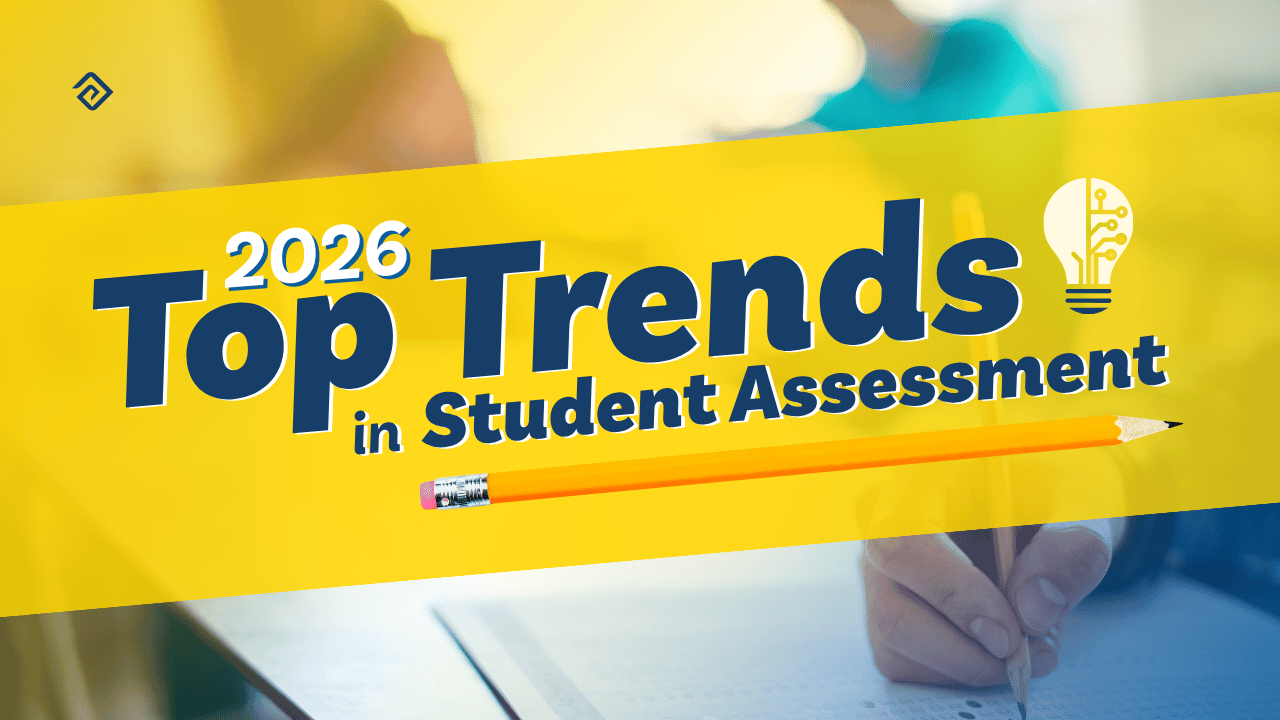Strategies For Motivating Teachers: Top 11 Strategies to Implement

Being a teacher in the modern educational world is an exceptionally challenging task. Beyond the daily teaching and grading routine, educators also work to manage student behaviors, family issues, teaching pressure, and many other difficult issues.
Therefore, it is the duty of every school administrator to support and motivate their teaching staff as motivated teachers create an engaging and collaborative environment for students to learn.

Ways to Motivate Teachers
Continuous improvement is essential for a school’s success, and teachers must continue to learn and grow, even in challenging times. Although a school administrator has many diverse responsibilities, one crucial task is keeping the teaching staff motivated. Inspired teachers make a more positive difference in students’ lives.
1. Offer Praise
One of the most efficient ways to motivate and inspire your teaching staff is to praise and honor them. Showing appreciation for their dedication and hard work makes them feel valued. In addition, receiving recognition from the school administration reassures teachers that they are skilled at their job, and that leadership recognizes their contributions.
Most people need praise and affirmation from time to time, regardless of how self-confident they may appear. It’s especially crucial for teachers because they often work in isolation, interact with challenging students and parents, and sometimes lack confidence in their own skills.
Although some people prefer to be praised in private, for many others, public acknowledgment has a more profound effect. This affirmation shared with peers or the public indicates that you notice and support their performance enough that you want to share their talents as an exemplar to others.
Here are some channels you can use to boost teacher motivation by providing public approval:
- Faculty gatherings
- Mass emails
- School newsletters
- Schoolwide assemblies
- Local media
- Social media
- Messages to the district administration
2. Recognize teachers who go above and beyond expectations
Every educational institution has teachers who exceed expectations by putting forth extra effort for their students and colleagues without complaint. However, their efforts often go unnoticed and unappreciated. Identifying and recognizing these teachers provides affirmation for them and can serve as a stimulus for other staff members.
3. Be available for the teaching staff
To make your teaching staff feel comfortable and motivated, remain as approachable as possible to address teacher problems and questions. By merely acknowledging that administrators are available to provide support with their concerns, teachers will feel more relaxed and encouraged.
The best way to remain approachable for your teaching staff is to maintain an open-door policy and remain highly visible. Despite how busy administrators are, maintaining a relaxed demeanor and being present in the current conversation is critical.
Make time for the people you serve, get out in the building, and maintain focus during your interactions.
4. Create a compelling reward program for teachers
When developing reward programs for your student body, do not forget to design an equally exceptional reward program for your educators.
While a more appreciable school environment permits teachers to carry out their tasks with joyful efficiency, scooping up some fantastic rewards along the way can truly motivate your teachers. Plus, it’s fun and encourages participation!
Partnering with local businesses that can supply you with gifts and special school discounts can be mutually beneficial for both you and the businesses. Your teachers receive nice gifts, and your local businesses earn advertising and public accolades.
Frequently, local businesses are major community supporters and love collaborating with you to show appreciation for your teaching staff.
5. Listen to your teacher’s concerns
Apart from appreciating tangible accomplishments, ensure that you listen to your teacher’s feedback and concerns. Although this is always an important responsibility, it is particularly necessary when you are implementing a new initiative.
New initiatives involve demand extra effort as it often means a new way of performing work. There may be opposition or disgruntlement moving forward with something new.
Recognizing your teachers’ viewpoints is encouraging because it allows them to know their voices are heard and contributing to a collaborative and trusting work atmosphere. Acknowledge when teachers make good points and take the time to fully explain how a new initiative will improve student growth or make their own jobs easier.
6. Uplift their ideas
Create a platform for educators to share their innovative ideas and celebrate them. Teachers have enormous expertise and diverse perspectives. Providing a platform for them to share with others not only validates and supports their work, but it also provides others with learning opportunities.
While it is understandable that not all ideas will be feasible, others can prove revolutionary to both students and other instructors.
Supporting and integrating their ideas will motivate teachers to think outside of the box and improve the entire educational process.
7. Schedule fun events on the teacher's calendar
Although the school environment can be a highly social place, teachers who have large workloads or spend a lot of time preparing lessons and activities may feel isolated.
Team-building social events with your teaching staff can allow teachers to enjoy each other while ultimately creating deeper relationships and rapport with their coworkers.
Many communities have businesses that cater to group social activities, offering activities such as painting, pottery, or cooking. Leadership development (or ropes) courses, rock climbing, or a run/walk event can be fun while building health and a family atmosphere.
Even a simple holiday party provides teachers a chance to de-stress with recreation. When people like each other, their work performance and planning sessions improve.
8. Give your teachers the gift of time
Time is often a stressor and free time is usually scarce. Find ways to provide your teachers extra time for their work or to take a well-needed break.
At the end of every semester, you could offer every educator a voucher for one morning or afternoon day off. For this, you need to arrange a substitute for teachers for their requested time.
While you may not have the autonomy and authority to provide an entire morning or afternoon off, you could instead cover the teacher’s responsibilities for an hour before or after their lunch break.
As professional development to support an initiative, provide teachers with a planning day to get in-depth with their learning and preparation for something new.
These small gestures demonstrate you care about the wellbeing of your teaching staff and help them manage their work-life balance.
9. Identify periods of key stress
There are many time periods throughout the school year that carry a larger work burden for your teaching staff. Be cognizant of those times and avoid adding unnecessary work during those situations.
For example, do not overload your teaching staff with other work during report card season! Also, it is better not to implement new initiatives at the end of the school term, major exam periods, or during student essays.
Adding unnecessary tasks or tasks that could be scheduled during reduced stress times demonstrates a lack of appreciation and awareness of what teachers are doing. Instead, look for ways you can lend a helping hand during these challenging times.
10. Empower each teacher’s strengths
Every educator has strengths and areas of opportunity. When teachers are given autonomy to utilize their teaching strengths in their classes, students become immersed and motivated in learning.
Sometimes, it is challenging for educators to identify their strengths. Administrators can motivate and support teachers by helping them make these discoveries. Observe and reflect with your teachers about any strategies that worked well and any means or methods that the teacher enjoys, such as combining music into a lesson.
A "one-size fits all” approach does not work for students, and it certainly does not work for teachers. Having overly rigid teaching requirements that limit autonomy and individual strengths can limit teacher and student success.
Empower every teacher with the ability to enjoy their subject, as their unique passions will motivate students as well.

11. Encourage collaboration
Providing time and support for your teaching staff to work collectively as a team can significantly affect and boost their motivation. Through collaboration, teachers gain recognition and support for their effective teaching strategies.
In addition, more experienced mentors can validate good strategies that beginning teachers offer, which will build self-confidence and help them see themselves as an equal participant in their departments..
As a school administrator, consider building skilled learning communities within your educational institute to create a system for collaboration and support.
In a Conclusion
Keeping your teaching staff motivated can be a challenging task. However, motivated staff is essential and in the best interests of your students and your educational institution.
Teachers who are motivated are less likely to consider their job a burden and are willing to put forth extra effort to help students achieve success. Therefore, to foster a better learning environment, make it a priority to go above and beyond for your teaching staff. After all, they’re the ones in the trenches making a direct impact on students’ lives.
If your school is interested in new ways to improve the learning experience for children, you may also be interested in automating tasks and streamlining processes so that your teachers have more time to teach. Education Advanced offers a suite of tools that may be able to help. For example, four of our most popular and effective tools are:
- Cardonex, our master schedule software, helps schools save time on building master schedules. Many schools used to spend weeks using whiteboards to organize the right students, teachers, and classrooms in the right order so students could graduate on time and get their preferred classes. However, it can now be used to automate this task and, within a couple of days, deliver 90% of students' first-choice classes.
- Evaluation is a solution for documenting every step of the staff evaluation process, including walk-throughs, self-evaluations, supporting evidence, reporting and performance analytics.
- Pathways is a graduation tracking tool that allows administrators and counselors to create, track, and analyze graduation pathways to ensure secondary students are on track to graduate.
- Testhound, our test accommodation software, helps schools coordinate thousands of students across all state and local K-12 school assessments while taking into account dozens of accommodations (reading disabilities, physical disabilities, translations, etc.) for students.

More Great Content
We know you'll love




